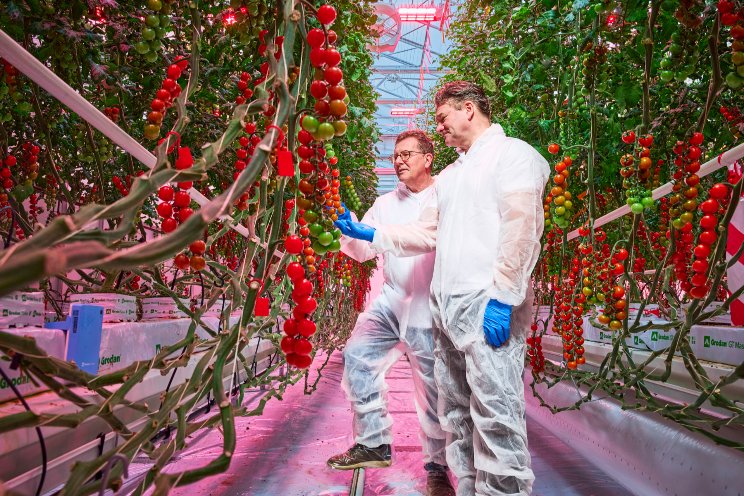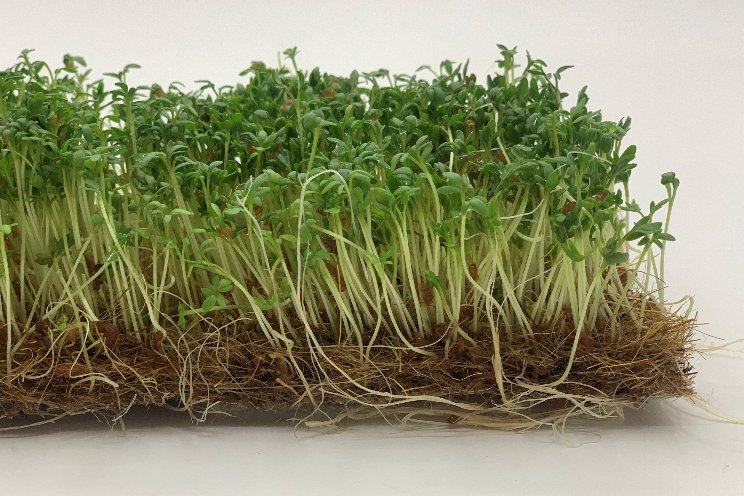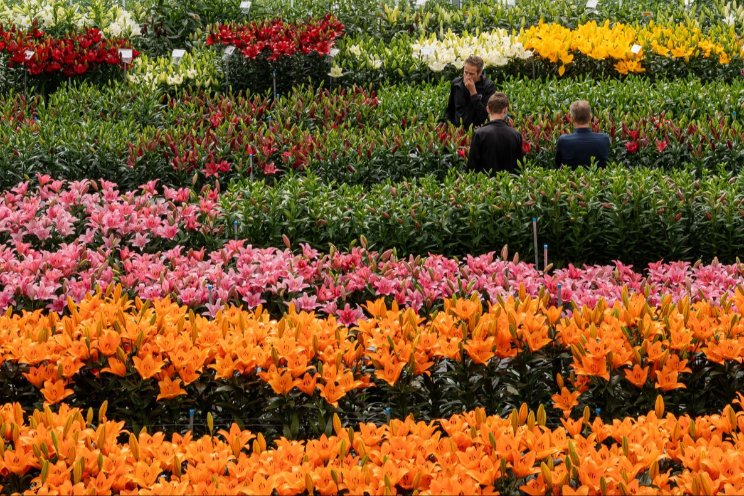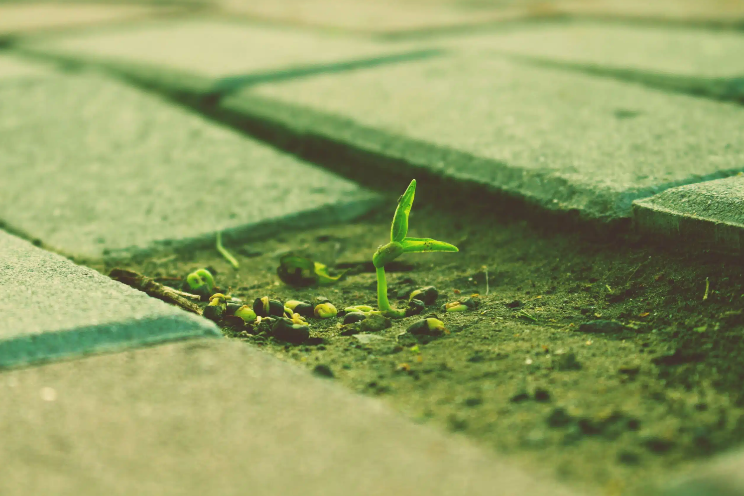Green roofs, stormwater mitigation and weeds
Added on 07 December 2023

However, because green roofs are often implemented with limited resources, this raises concerns that these benefits may be lost due to the challenges associated with management and maintenance of the planted area. The initial expense and resource demand can also be a barrier to adoption in lower socio-economic areas. Research from Schrieke et al. in Melbourne, Australia, considered the role of ‘weeds’ in the function of green roofs to reduce rainfall runoff in circumstances where low management could change the plant species mix. This research was conducted to understand if ‘weeds’/spontaneous vegetation establishment led to a loss in the ecosystem service benefits.
More news















